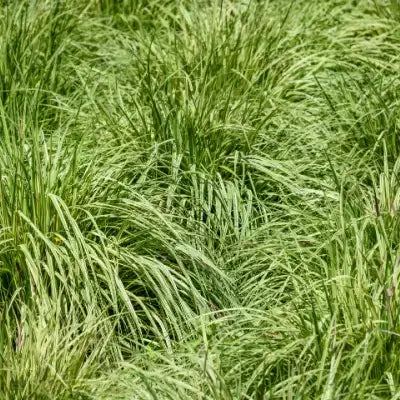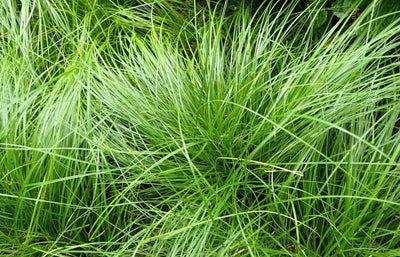The Cherokee Sedge is an attractive, shade-tolerant plant that thrives in wet areas and can live in water or on the shoreline. It is one of the many plants in a maple tree forest that benefit from its shade, mulch from its leaves, and nutrients from its decomposing remains. Cherokee Sedge is a perennial fern growing slowly in many North American locations. It grows particularly well in groves of maple trees and is commonly found alongside them. Cherokee Sedge has between 8 and 16 triangular-shaped leaves per plant, with a leaf blade 10-20 centimeters long and 1-2 centimeters wide. Its roots grow shallowly into the soil, only about 4 centimeters deep.
Distinctive Features of Cherokee Sedge Plants
Some people may confuse the Cherokee Sedge with other plants as many are similar to this one. However, the Cherokee Sedge is quite distinctive since it has stiff, inedible leaves on its stems. Its leaves also have tiny round bumps distributed across the plant. When you examine the plant closely, you can also find a leaf with a reddish coloration at its base.
The leaves of this plant are narrower and closer to one another than other plants, except for the tips of their midsections which spread apart considerably. This makes them look like a fan or cattail fluff that doesn't grow very tall. However, the Cherokee Sedge can reach heights of over 5 feet and thrives in ponds or slow-moving water. The plant is often found growing along streams and riverbanks.
Other Plants in The Cherokee Sedge Family
Sharing this plant's habitat is the Carolina Sedge, a much more widespread species with a thick and stiff root system with rhizomes. These rhizomes can stretch out very far from the primary root system and grow new plants when they encounter other sedges or other environmental conditions suitable for their growth. The rhizomes are also sticky and catch on to most things that come nearby.
The Carolina Sedge does grow taller than many other sedges and can reach as much as 10 feet tall. Its leaves also have small blunt tips and define a more rounded appearance than the somewhat rectangular shape of the Cherokee Sedge. You can identify the Carolina Sedge by its rhizomes covered in fine hairs and holding a lot of water within them so they can be pretty wet underneath their roots. This allows the plant to grow very thick and succulent lower stems. The roots also hold a lot of water within them since they can hold up to 2 gallons of water before the plant dries out.
Uses of The Cherokee Sedge
Native American groups, such as the Cherokee and Iroquois tribes, had many uses for their greens or roots for medicinal properties or other food uses. This grass is also common in some rivers, especially around Florida.
It's often used as a ground cover in wet areas, but it can spread rapidly in an area, so you will have to be sure where you intend for the plant to grow.
It is used as a border or even a small hedge. If you want to use it as a border, you should plant it at least 6 inches apart from another plant or another section of the same plant.
It is often used in aquariums since it will grow well in water and survive if the roots are somewhat submerged. For this reason, many fish hobbyists choose to include this grass in their aquariums instead of other types of plants.
The Cherokee Sedge is a tough plant that can often tolerate poor conditions. Give it plenty of water once it has established itself in your garden or wet area, especially for the first few months after planting it.


